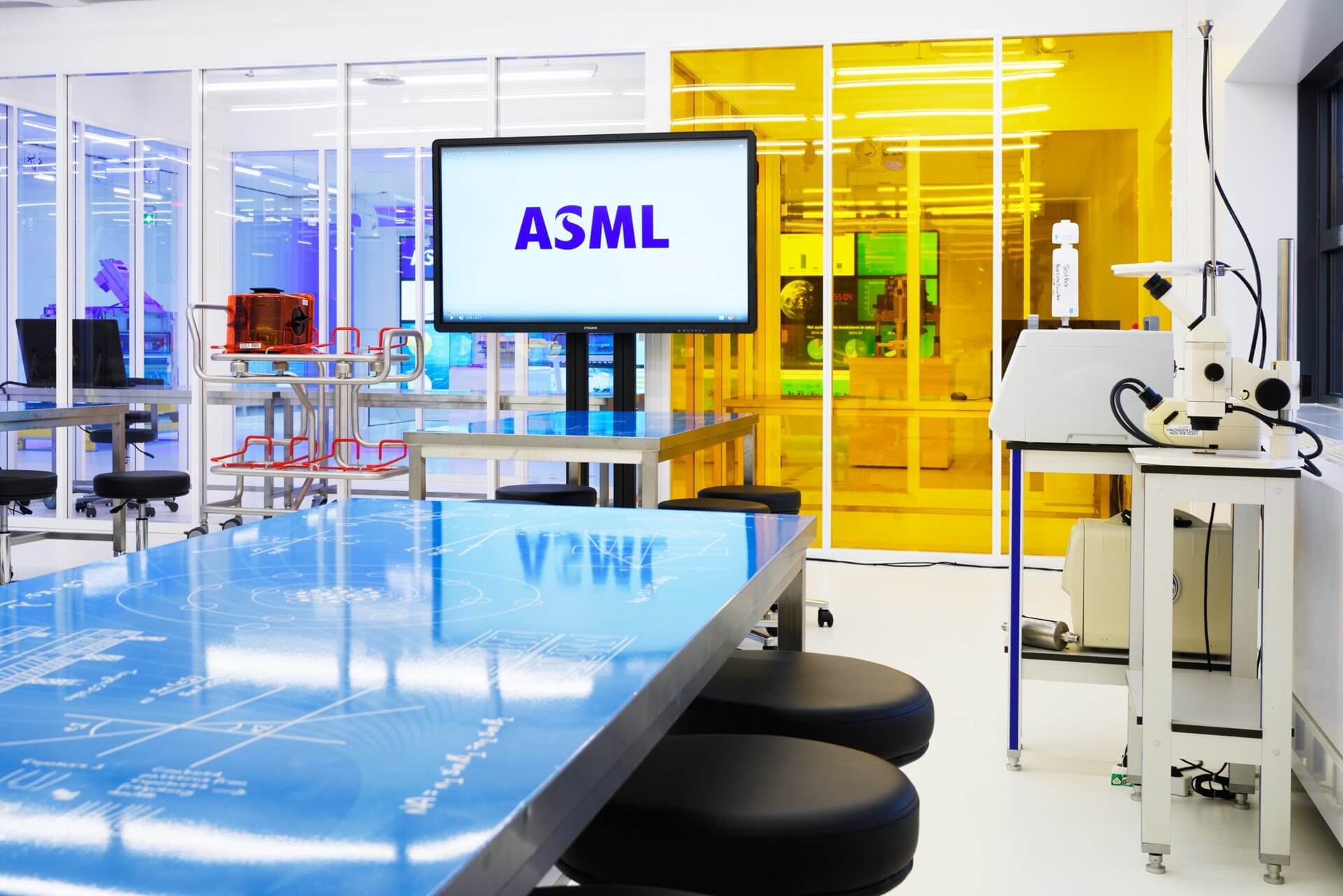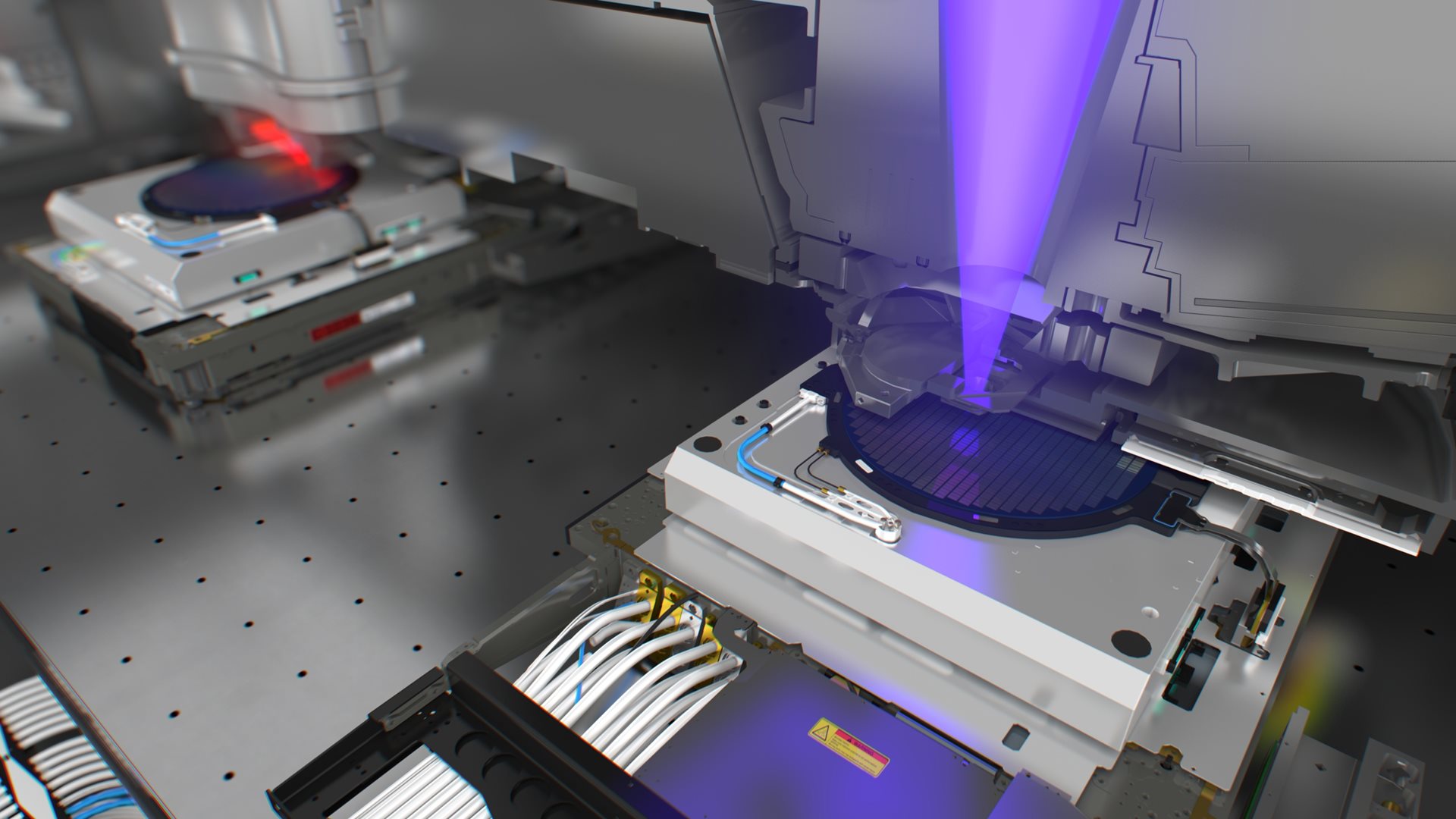Press release - Veldhoven, the Netherlands, July 12, 2011
ASML Holding NV (ASML) today announced three new extensions for its popular TWINSCAN NXT platform that improve imaging, overlay and productivity. The extensions enable chipmakers to manufacture smaller, faster chips more cost effectively.
The first NXT:1950i system shipped in 2009 and today more than 80 systems are in use by chipmakers around the world manufacturing current state-of-the-art devices at resolutions of 45 nm to 32 nm.
Manufacturing 22 nm devices will require much more accurate imaging and overlay performance. To meet that performance, ASML has introduced FlexWave programmable wavefronts. Just as FlexRay customized illumination provides virtually unlimited source tuning within the illuminator, FlexWave allows programmable wavefronts within the lens. FlexWave's application-specific wavefront correction provides control to reduce both the aberration fingerprint of the projection optics and lens heating effects.
To further improve overlay, ASML developed Reticle Control that compensates for reticle heating typically found in high-dose layers with low transmission reticles. This enhancement features a new sensor that measures a reticle's temperature profile throughout its first production lot, then predicts the resulting thermal expansion per exposure and calculates feed-forward corrections to lens and stage parameters.
Also, ASML addresses the cost of lithography by increasing system throughput on the NXT:1950i by 15%–20%. A Performance Enhancement Package, PEP NXT:1950i, includes both hardware and software improvements that extend NXT:1950i throughput from 175 to 200 wafers per hour at 125 shots, and even 230 wafers per hour at 96 shots.
"Who says you can't get two birds with one stone?" stated Dan Hutcheson, CEO, VLSI Research. "ASML has found a way not only to technically achieve 22 nm imaging, but do it in a way that is economically viable for their customers."
"ASML strives to continuously improve both the capabilities and the value of our scanners for customers," said Jan Smits, senior vice president, TWINSCAN product group at ASML. "Increasing productivity while improving imaging and overlay performance is challenging, and this is why we developed the NXT platform. The extensions announced today start to realize the platform's full potential."
All three NXT enhancements are also available as field upgrades. FlexWave and Reticle Control are available now and PEP NXT:1950i will be available in Q3 2011.
About ASML
About double patterning


